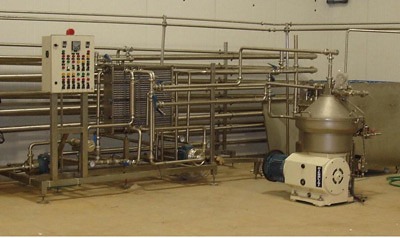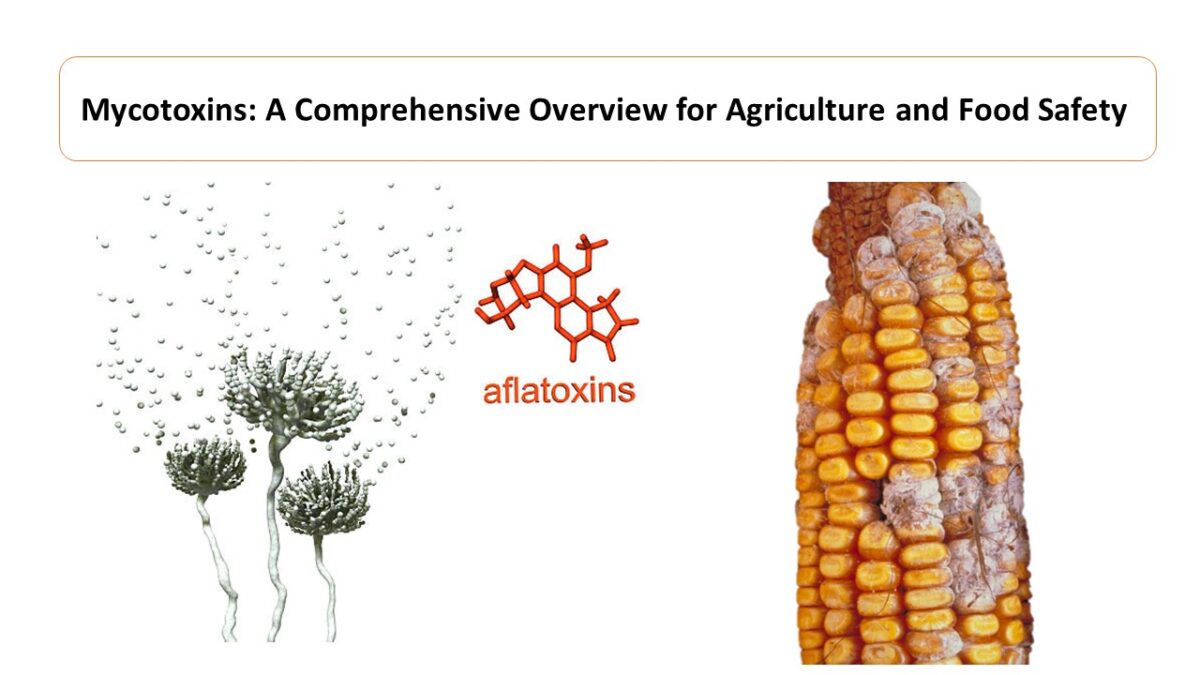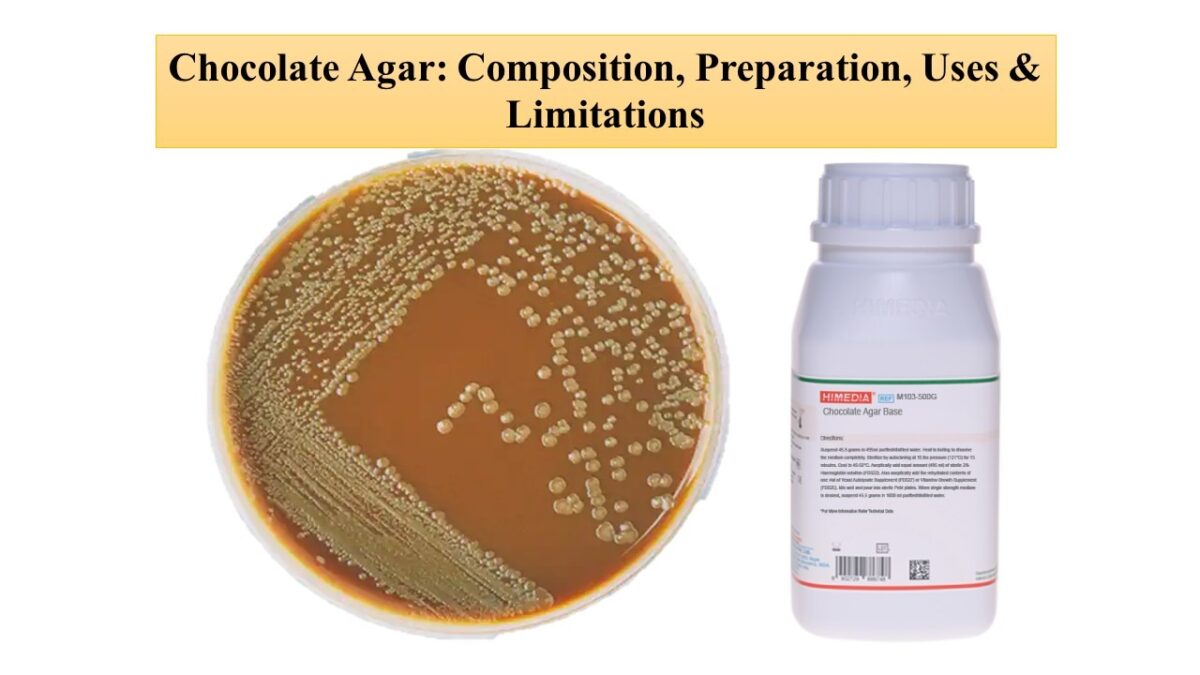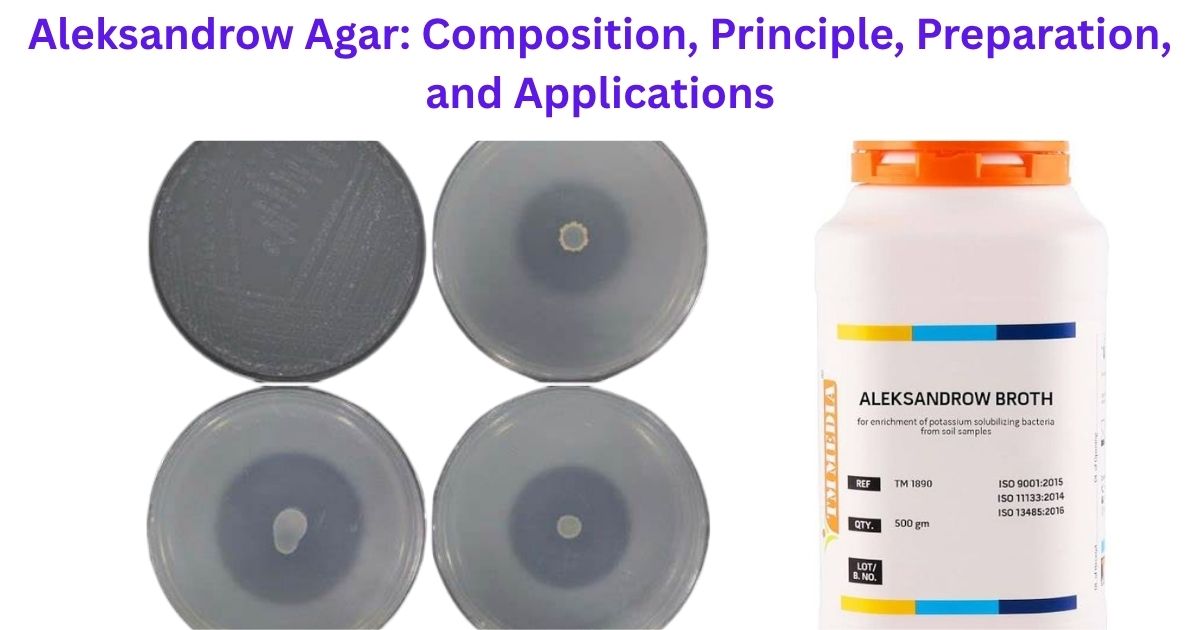Milk: Composition, Processing, Pasteurization, Milk-Borne Pathogens and Spoilage
What is Milk?
Milk is used throughout the world as a human food from a number of different mammals. Milk is a liquid secreted by female mammary glands to feed the child immediately after a birth.

Composition of milk
Average Chemical Composition (%) of Whole Bovine Milk
| Water | 87.0 |
| Protein | 3.5 |
| Fat | 3.9 |
| Carbohydrate | 4.9 |
| Ash | 0.7 |
- The milk of goats and sheep is similar in composition to that of cows.
- Milk protein consists mainly of casein, and it exists in several classes: α, β, etc. If milk pH falls below 4.6, the casein precipitates. Although casein represents 80–85% of total milk protein, when precipitation occurs, the liquid portion is referred to as whey.
- The remaining proteins are found in whey and they include serum albumin, immunoglobulins, α-lactalbumin, etc. Milk carbohydrate is lactose and its content is fairly consistent among breeds of milk cows at around 5.0%.
- lactose is the main sugar, smaller quantities of glucose and citric acid exist. The fat content varies between ca. 3.5 and 5.0% depending upon cattle breed.
- The ash content of around 0.7% consists of a relatively high level of Ca2+ and a lower level of Fe2+.
- The pH of fresh whole milk is around 6.6 but it may reach ca. 6.8 from a cow that has mastitis.
- Mastitis is an infection of the udder that is most often caused by Streptococcus agalactiae and S. uberis but sometimes by Staphylococcus aureus or Streptococcus dysgalactiae.
- Fresh milk of mastitic cow mainly have leucocytes (white blood cells) >106/ml in as compared to nonmastitic milk which have 70,000/ml leucocytes.
- Milk contains a very adequate supply of B vitamins with pantothenic acid and riboflavin being the two most abundant. Vitamins A and D are added for human consumption, and their presence has no known effect on the activity of microorganisms.
- Overall, the chemical composition of whole cow’s milk makes it an ideal growth medium for heterotrophic microorganisms, including the nutritionally fastidious Gram-positive lactic acid bacteria. However, the milk microbiota utilize these constituents and bring about its spoilage.
Processing of milk
- Milk is processed in a number of ways to produce a variety of products such as cream, cheese, and butter. Whole fresh milk is processed to produce a number of fluid products.
- Skim milk (0.5% fat) or reduced fat milk (up to 2.0% fat) is produced by high-speed centrifugation following heating to 100◦F to remove butter fat as cream, or by use of skim milk to which the desired fat content is added. The latter is pasteurized either at 150–155◦F (65.5–68.3◦C) for 30 minutes or at 166–175◦F (74.4–79.4◦C) for 15 second prior to cooling to around 4◦C.
- Evaporated milk is produced by the removal of about 60% water from whole milk which results in the lactose content being about 11.5%.
- Sweetened condensed milk is produced by the addition of sucrose or glucose before evaporation. This leads to a product with a sugar content of about 54% or >64% in solution.
- Chocolate milk is processed at a slightly higher temperature than unflavored milk (75◦C for 15 sec rather than 72◦C).
Pasteurization of milk

- The objective of milk pasteurization is the destruction of all disease-causing microorganisms.
- Endospores of pathogens such as Clostridium botulinum and spoilage organisms such as Clostridium tyrobutyricum, C. sporogenes, or Bacillus cereus are not destroyed.
- Although pathogens can be destroyed by nonthermal means, milk pasteurization is achieved solely by heating.
- The low temperature-long time (LTLT) method consists of heating the coolest part to 145◦F (63 C) for 30 minutes. This is referred to as the batch method.
- The other more widely used method is the high temperature-short time (HTST) method, and it consists of heating to 161◦F (72◦C) for 15 sec. This is the flash method, and it is inherently less destructive than the batch method.
- The basis for the heating time and temperature is the thermal death time (TDT) of the most heat-resistant non-spore forming milk-borne pathogens.
- UHT (ultra-high temperature) is another thermal treatment that destroys non-sporeforming pathogens in milk, but in addition some sporeformers are severally reduced in numbers.
- The UHT treatment is achieved by heating at temperatures of 275–284◦F (135–140◦C) for a few sec (the minimum treatment is 130◦C for 1 sec). UHT-treated milk is commercially sterile with a shelf life of 40–45 days at 40◦F when aseptically packaged in sterile containers.
Milk-Borne Pathogens
Since it is such an excellent nutrient source and because milk-producing animals may harbor organisms that cause human diseases, it is not surprising that raw milk can be a source of diseases.
Some of the diseases of animals below to which humans are susceptible and which may occur by cows milk:
| Brucellosis | Anthrax |
| Tuberculosis | Listeriosis |
| Salmonellosis | Q fever |
| Campylobacteriosis | Crohn’s disease |
| Enterohemorrhagic colitis | Staph./Strep. Mastitis |
Spoilage of milk
- As the only natural source of the disaccharide lactose, milk undergoes microbial spoilage.
- The coliform bacteria are the most conspicuous utilizers of lactose among Gram-negative bacteria. Thus, the bacterial spoilage of either raw or pasteurized milk by the production of lactic acid by lactose users, with the normal pH of around 6.6 being reduced to 4.5 or so that leads to the precipitation of casein (curdling).
- The spoilage of UHT milk is happen by Bacillus spp. which survive the UHT process.
- When the pasteurized milk is stored, organisms like psychrotrophic Bacillus weihenstephanensis are responsible for the formation of “sweet curdling” due to the production of proteases and peptidases.
- Ropiness is a condition in raw milk that is caused by Alcaligenes viscolactis, the organisms grow good in lower temperature maintenance of raw milk for many days.
Reference and Sources
- 1% – https://www.biologydiscussion.com/food-microbiology/milk-composition-and-products-microbiology/59129
- 1% – https://www.researchgate.net/publication/310838348_Bovine_b-casein_Isolation_ properties _and_functionality_A_review
- 1% – https://www.sciencedirect.com/science/article/pii/S0147957120300874
- 1% – https://www.researchgate.net/publication/285298305_Microorganisms_associated_with_milk
- 1% – https://www.researchgate.net/publication/6900971_Clinical_Practice_Milk_of_Nonhuman _Origin_and_Infectious_Diseases_in_Humans
- 1% – https://www.sciencedirect.com/topics/agricultural-and-biological-sciences/spore-forming-bacteria
- 1% – https://issuu.com/md.papon/docs/report_of_industrial_training_milk_
- 1% – https://www.sciencedirect.com/science/article/pii/S0022030211006734
- 1% – https://www.sciencedirect.com/science/article/pii/B9781845693428500089
- 2% – https://wenku.baidu.com/view/ce98c72be2bd960590c6777e.html
Also Read:
- what is microbiology?
- Deoxyribonucleic acid (DNA)
- DNA replication in prokaryotes
- Histones types and its functions
- Chromosomes: structure and organization
- Overview of lac operon an inducible operon
- Exposure and Transmission of Infectious Disease
- Different types of Pathways for ATP Production
- Overview of Viroids, Satellites and prions
- Measurements of microbial growth
- Cider: Production, Extraction, Fermentation and Maturation
- Ethanol : production, recovery and uses
- Microbiology Disciplines: Bacteria, Viruses, Fungi, Archaea and Protists
- Transcription in prokaryotes: Initiation, Elongation and Termination
- Proteomics: Introduction, Methods, Types and Application






